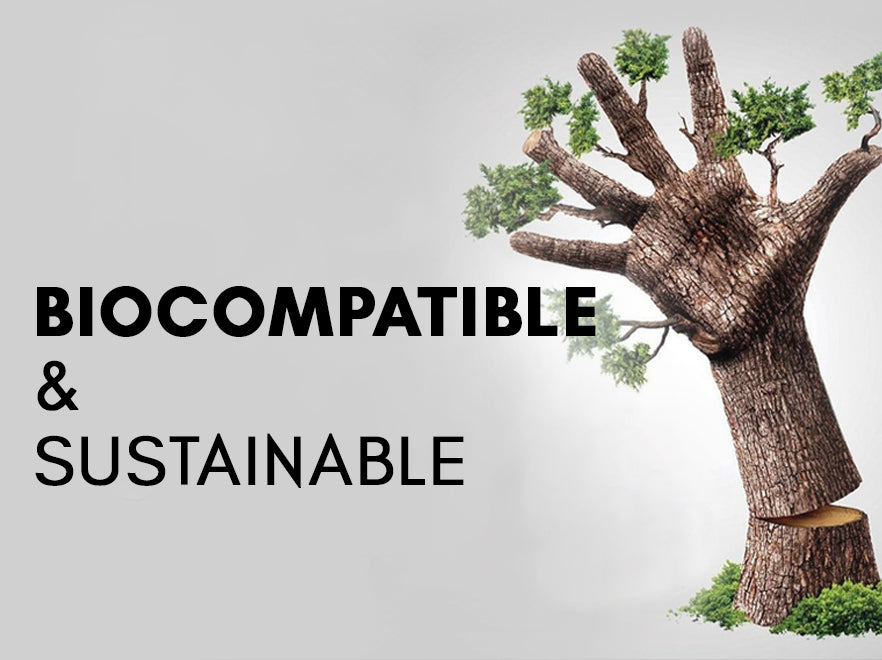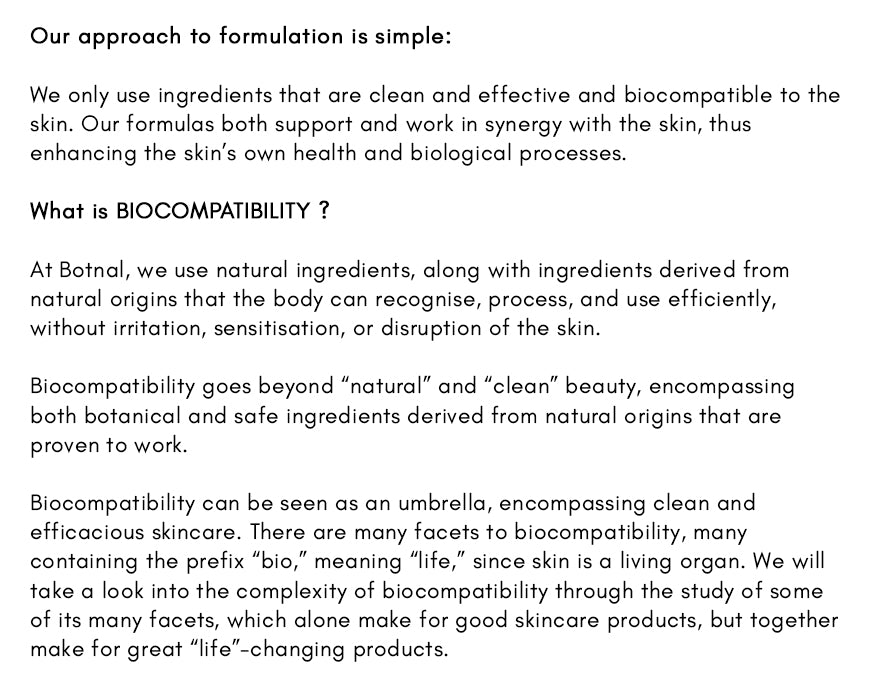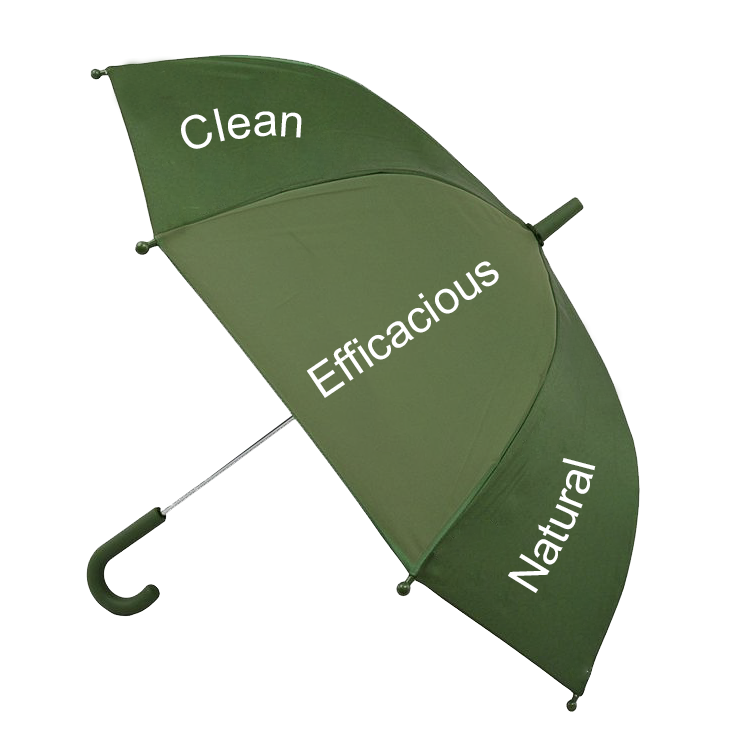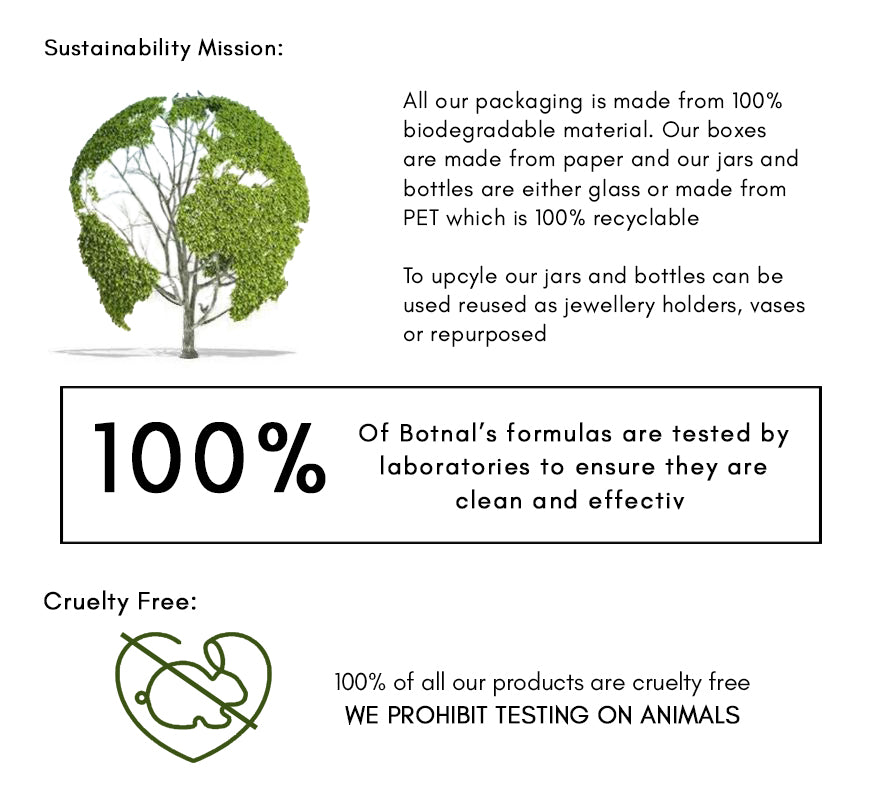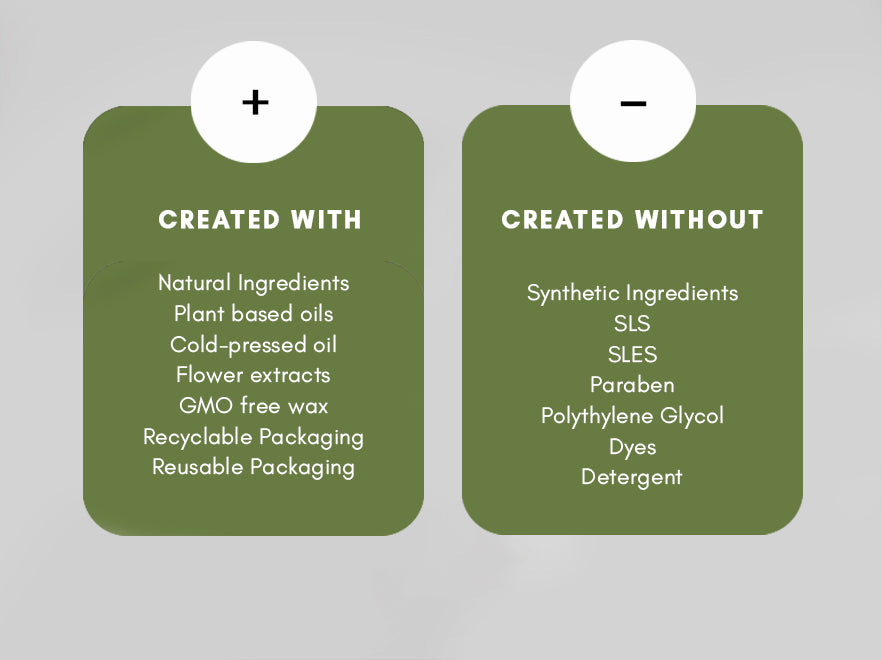Embracing Sustainability: The Art of Upcycling in Skincare
In a world where sustainability has become a buzzword, the beauty industry is undergoing a transformative shift towards eco-friendly practices. One such trend that has gained momentum in recent times is the art of upcycling in skincare. As consumers become more conscious of their environmental impact, beauty brands are finding innovative ways to reduce waste and contribute to a greener planet. In this blog post, we'll delve into the concept of upcycling in skincare, exploring its benefits, challenges, and how it's shaping the future of beauty.
Understanding Upcycling:
Upcycling is the process of repurposing waste materials into products of higher value. In the context of skincare, it involves taking discarded or unused ingredients and giving them a new life in beauty formulations. This sustainable approach not only minimizes waste but also adds a unique dimension to skincare products, harnessing the power of overlooked resources.
Benefits of Upcycling in Skincare:
- Environmental Conservation:
Traditional skincare practices often generate a significant amount of waste through the extraction and processing of raw materials. Upcycling minimizes the need for new resources, helping to conserve the environment by repurposing existing materials that might otherwise end up in landfills.
- Reduction of Carbon Footprint:
The production and transportation of beauty ingredients contribute to greenhouse gas emissions. By upcycling, brands can reduce their carbon footprint by utilizing locally available waste materials, cutting down on the environmental impact associated with sourcing new ingredients.
- Innovation and Uniqueness:
Upcycling fosters creativity in formulating skincare products. Brands can experiment with unconventional ingredients, creating unique blends that stand out in the market. This not only benefits the environment but also provides consumers with innovative and effective skincare solutions.
Challenges in Upcycling Skincare:
While the benefits of upcycling in skincare are evident, there are challenges that brands face in implementing this sustainable practice:
- Sourcing Quality Ingredients:
Finding high-quality upcycled ingredients can be a challenge for skincare brands. Ensuring the safety and efficacy of these materials requires careful selection and testing, which may pose obstacles in the production process.
- Consumer Education:
Educating consumers about the value of upcycled skincare products is crucial. Many may be unfamiliar with the concept and may need to be informed about the positive impact of choosing such products on the environment.
- Regulatory Compliance:
Navigating regulatory frameworks can be complex when incorporating upcycled ingredients into skincare formulations. Meeting safety and labeling standards is essential to gain consumer trust and regulatory approval.
The Future of Beauty: Embracing Upcycling:As the demand for sustainable beauty grows, upcycling is poised to become a driving force in shaping the future of the skincare industry. Brands that successfully integrate this practice into their ethos will not only contribute to a healthier planet but also resonate with environmentally conscious consumers.
Conclusion:
Upcycling in skincare represents a harmonious blend of innovation, sustainability, and conscious consumerism. The beauty industry's shift towards embracing upcycled ingredients signals a positive change, emphasizing the importance of minimizing waste and maximizing the potential of existing resources. As we celebrate the one-year anniversary of this transformative trend, let's look forward to a future where upcycling becomes the norm rather than the exception, creating a more sustainable and beautiful world for generations to come.


